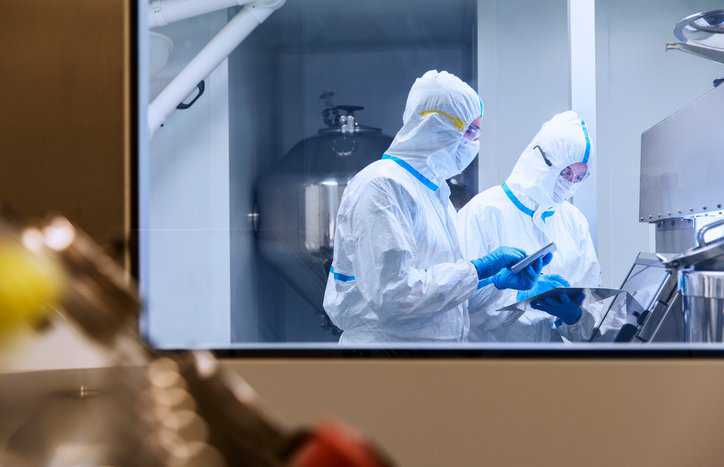Improving Your Internal Auditing Skills
An integral part of a successful management system is an effective internal audit program that evaluates organizational policies, procedures, and operations to ensure effective implementation…

An integral part of a successful management system is an effective internal audit program that evaluates organizational policies, procedures, and operations to ensure effective implementation…

Why EPA NLLAP? Lead is a common environmental contaminate that may be found in homes, businesses, soil, and water and is known to cause detrimental…

What Is NELAC? NELAC stands for the National Environmental Laboratories Accreditation Conference. Established by the EPA in 1995 as a means to bring consistency in…

Implementing beneficial laboratory practices enhances confidence in the data generated by the laboratory, which helps bolster its reputation. Beneficial laboratory practices also improve productivity and…

An assessment is a demonstration by a body that specified requirements are fulfilled. Assessments are performed by technically competent assessors who evaluate the competence of…

Assessment and audit performance techniques include, but are not limited to, interviewing, audit sampling, communicating orally and in writing, and collecting objective evidence, all while…

What Is 21 CFR Part 58? 21 CFR Part 58, Good Laboratory Practices for Nonclinical Laboratory Studies, prescribes good laboratory practices, or GLP, for conducting…

When sending samples to a laboratory for testing, the reported results can impact what happens next, such as deciding to release a product to the…

The Pellet Fuels Institute (PFI) recently announced to the wood pellet producing industry a revamped Residential/Commercial Densified Fuels Standard Program, which is a product certification…